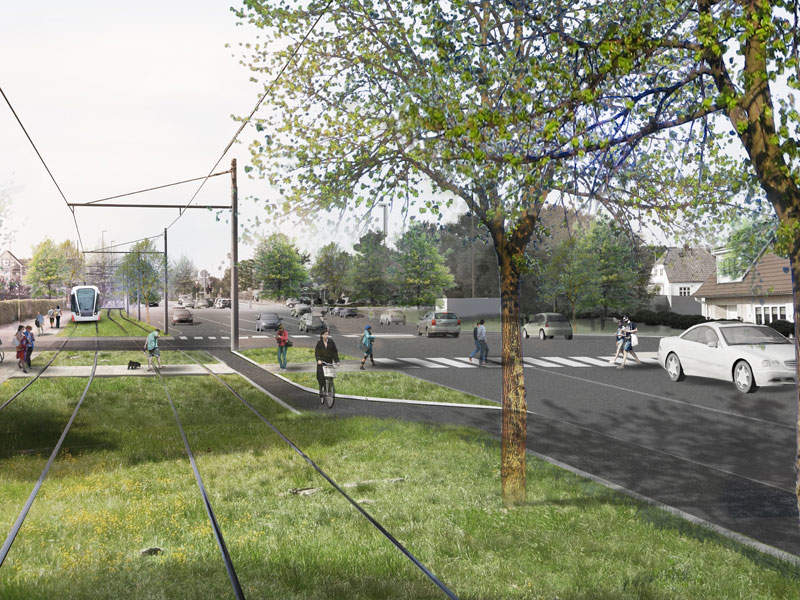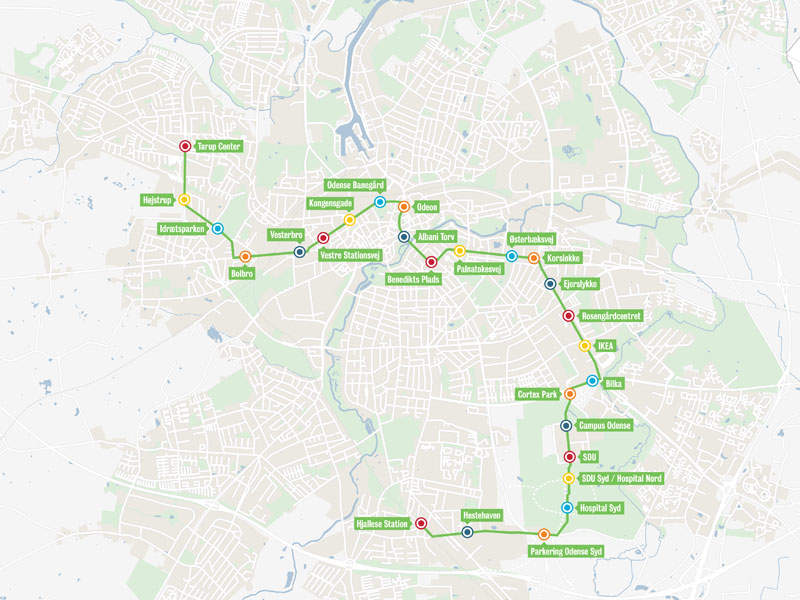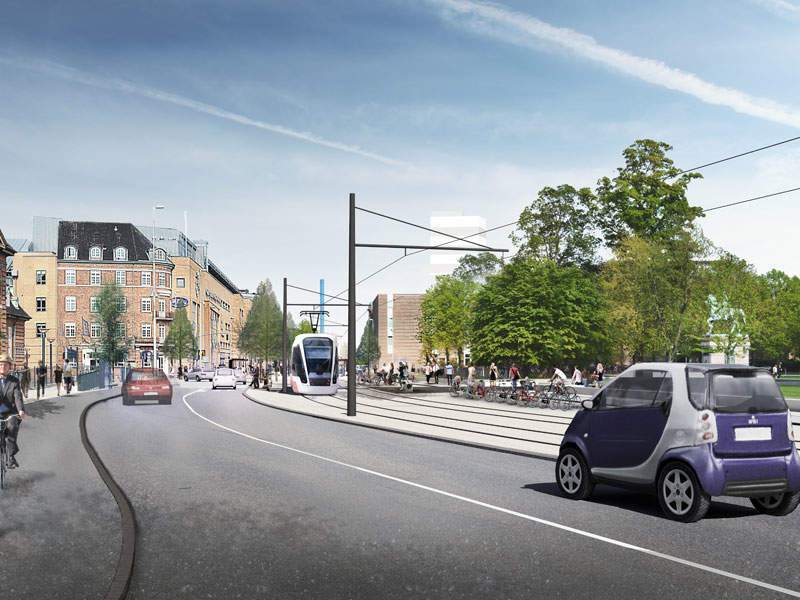
The Odense Tramway is a double-track light rail transit (LRT) system planned to be developed in the city of Odense, Funen Island, Denmark. The project is being developed to provide safe and efficient transportation for the city’s growing population, while reducing traffic congestion and lifecycle costs.
The kr3.309bn ($487.4m) project will be implemented in two phases, with the first phase linking Tarup Centre in the north to Hjallese village in the south. Odense Municipality is undertaking the project through its 100%-owned construction company, Odense Letbane.
Construction on the first phase is anticipated to commence in 2017 and is scheduled to be completed in 2020. Civil works and relocation of utilities began in 2015.
The Odense light railway link is expected to reduce noise pollution and carbon emissions from public transport. It will also reduce the number of car trips by 3,900 a day.
The railway line will also offer economic and operational benefits for businesses and the local economy by connecting the University of Southern Denmark to the city centre and creating new jobs.
Odense LRT project details
The first phase of the tramway (Line 1) will have a track length of 14.7km and a width of 7m. It will run between Tarup Centre and Hjallese village, reducing the travel time between the two locations to 42min. The line will provide access to key parts of the city including the new Odense University Hospital, Bolbro, the University of Southern Denmark, and the Odense city centre.
Line 1 will have a total of 26 stations, which will be linked with the bus, local and intercity train network. Trains on line 1 will be operated at ten-minute frequency from all stations.
The tramway is expected to serve 35,000 passengers, including workers and students, on weekdays and approximately 13 million passenger journeys a year.
The second section of the project (Line 2) comprises an additional 7km line connecting Vollsmose to Rosengardcentret via Vesterbro and Odense Zoo. The section will include two additional stations.
Rolling stock for Denmark’s new tramway
The Odense light rail transit line will use between 12 and 18 modern tram vehicles in a fleet. Each vehicle will be 30m-long and 2.65m-wide and run at a speed of 15km/h, carrying up to 200 passengers.
The trams will be equipped with telecommunications, supervisory control and data acquisition (SCADA), control and maintenance centre (CMC), passenger information system, overhead contact system (OCS), auto vehicle location system (AVLS), tramway signalling, permanent way, and operation and control centre (OCC).
The tramway’s rolling stock will also comprise railway service vehicles, along with equipment for the maintenance of rolling stock and CMC.
Odense tramway financing
The Odense LRT scheme will be jointly financed by the Odense Municipality ($309.54m), the Danish Government ($193.46), and the Region of Southern Denmark ($17.41m).
The Danish Government approved kr15m ($2.53m) to fund feasibility studies for the tramway in June 2012.
Contractors involved
COWI and SYSTRA were appointed as the technical consultants for the project in June 2012, along with ETC as a sub-consultant.
COWI will provide design, tendering, environmental impact assessment, supervision and commissioning, while SYSTRA will be responsible for technical designs of various components of the tramway, site supervision and verification.
Parson Brinckerhoff and ISC Consulting Engineers, along with other subconsultants, were selected to provide client consultant services in June 2012.
A consortium of Niras, PLH Architects, MBD Design, and Atelier Villes & Paysages was selected by the Odense Municipality to design and develop visualisation for the Odense LRT in August 2012.
COMSA secured a €158m ($172.5m) contract to build the Odense tram network in May 2017. The scope of the contract includes construction of the double-track tramway, and installation of signalling, catenary and telecommunications systems.






